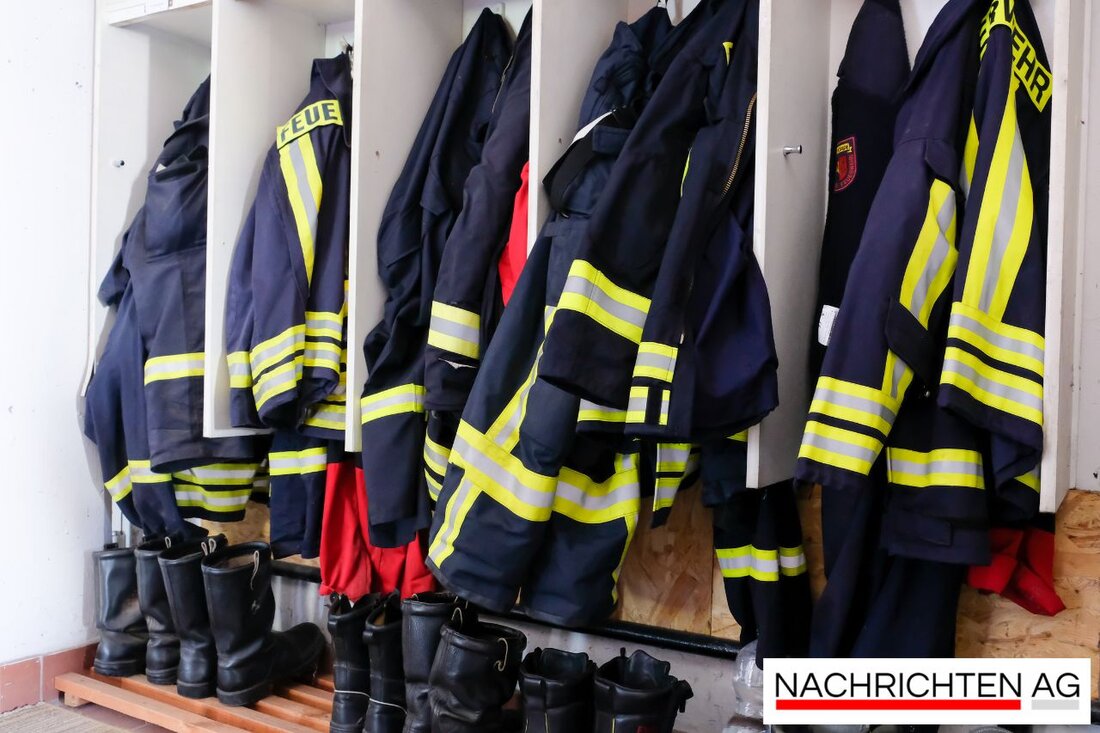Floods on the Baltic Sea: Current water levels and warnings for Lübeck!
Current flood warnings on the Baltic Sea: Water levels in the Bay of Lübeck on November 3rd, 2025 and important information about water levels.

Floods on the Baltic Sea: Current water levels and warnings for Lübeck!
A look at the Baltic Sea on November 3, 2025 shows the current hydrological situation along the German coast. The Baltic Sea, also known as the “Baltic Sea,” stretches across countries such as Germany, Poland, Estonia, Latvia, Lithuania, Russia, Finland, Sweden and Denmark. Here along the coast, water levels for the Bay of Lübeck are recorded at various measuring stations such as Heiligenhafen, Marienleuchte (Fehmarn), Neustadt (Ostholstein) and Wismar. These level measurements are particularly important in order to keep an eye on water levels and possible flood warnings in Schleswig-Holstein, as the LN shows.
Current water level values for the Baltic Sea near Neustadt are as follows: The mean water level (MW) is 509 cm, the mean low water level (MNW) is 386 cm and the mean high water level (MHW) reaches 630 cm. The highest water level ever measured was 782 cm on November 13, 1872, while the lowest water level was recorded at 282 cm on December 16, 1873. Flood warnings in this area are coordinated by various institutions such as federal, state and district authorities as well as the police and fire brigade.
Flood warning levels and measures
The flood warning levels are particularly low and high. Four alert levels are specified in Lower Saxony:
- Alarmstufe 1: Kleines Hochwasser
- Alarmstufe 2: Mittleres Hochwasser
- Alarmstufe 3: Großes Hochwasser
- Alarmstufe 4: Sehr großes Hochwasser
These warnings are sent through a variety of channels such as radio, television, loudspeaker trucks, sirens, websites, warning apps, social media and digital billboards. A good hand in communication is required here in order to inform citizens in a timely manner.
Hydrological reports and meteorological influencing factors
The Federal Maritime and Hydrographic Agency (BSH) offers monthly reports on the hydrological situation on the German Baltic Sea coast. These reports contain comprehensive data on water levels and water temperatures as well as statistical evaluations over years. Events such as storm surges, which can have a significant impact on the meteorological and hydrological situation, are particularly noticeable. Such information is important for shipping and coastal residents to prepare accordingly and keep an eye on possible risks.
The reports also record water temperatures at different depths, providing information about the maritime climate. In the event of storm surges or storm low water events, the situation is described in detail in order to paint an accurate picture of the situation. The data is typically published in PDF format, including graphs and tables, but these are not accessible.
Overall, constant monitoring and analysis of water levels and weather conditions along the Baltic Sea coast is of great importance. This keeps the region well informed and prepared for severe weather and flood regulations.
For further details about the current water levels and more information on the hydrological situation, please visit the articles LN and that BSH. Historical data is also accessible via the appropriate channels.

 Suche
Suche
 Mein Konto
Mein Konto